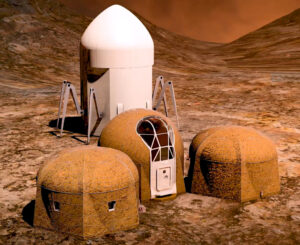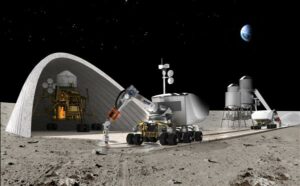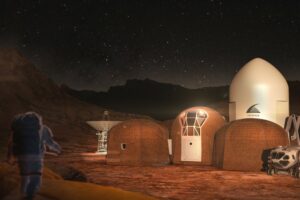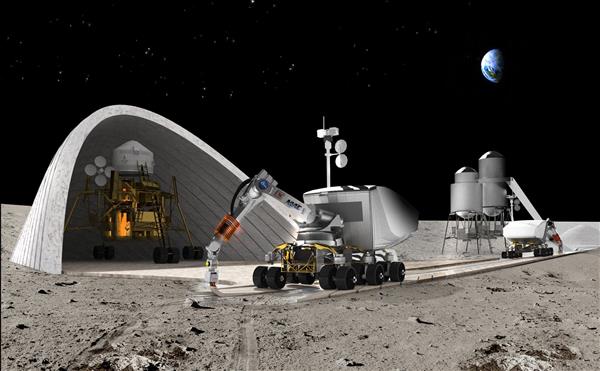Top three teams, competing in the latest level of NASA’s “3-D Printed Habitat Challenge”, have been awarded a share of $100,000.
Team SEArch+/Apis Corn, who won the first prize in the software modeling, presented a unique shaped habitat which is structurally designed to reinforce itself continuously and allows light to enter through trough-shaped ports on the sides and top. Zopherous won the second price and their design would be autonomously built by a roving printer.

The roving printer would construct habitat one at a time and then move to the next site. Mars incubators came up with a model consisting of four volumes separated into functional zones which will provide a safe and robust environment for human life on earth.

The teams also made short interactive videos providing detailed insights into their designs and 3-D miniature models to showcase the interiors. The 3D-Printed Habitat Challenge is a competition to create sustainable shelters suitable for the Moon, Mars or beyond using resources available on-site in these locations. The multi-level 3D-Printed Habitat Challenge puts teams to the test in several areas of 3D-printing, including modeling software, material development, and construction. In addition to aiding human space exploration, technologies sought from this competition could also lead to lower-cost housing solutions on Earth and other benefits.

The latest level ― Complete Virtual Construction ― is one of the multi-level competition comprised of three phases and was started in 2015 by NASA in a partnership with NASA’s Centennial Challenges program and Bradley University.

Muhammad Abdullah Khan has done bachelors in Chemistry from Government College University
Lahore. He is a science enthusiast and loves to read and write about astronomy, cosmology and latest
scientific endeavors.


